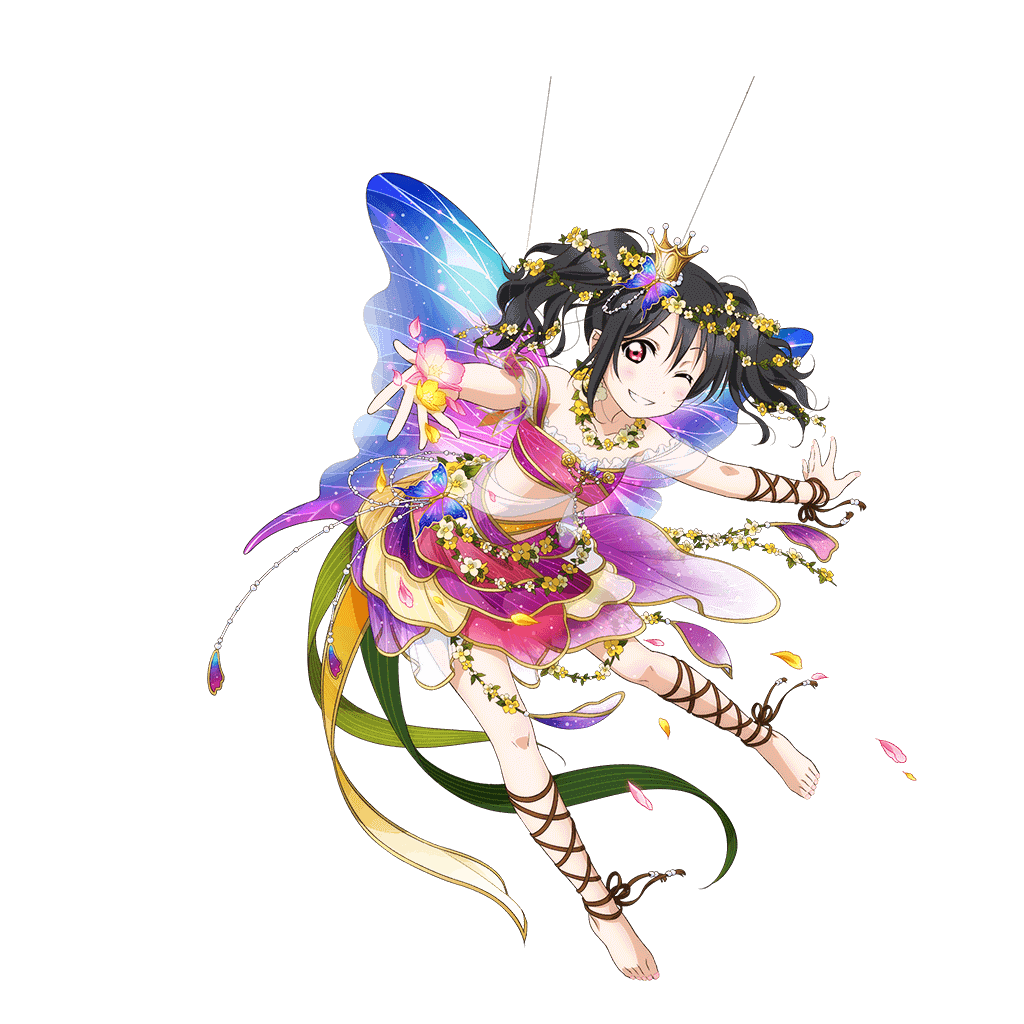

Anime Corner

Anime Reviews
Made in Abyss
The greatest piece of art ever conceived by man. Revitalises humanity's collective yearning for adventure. Inspires our generation to venture into the unknown, plunging forth into the unforeseen for the sole sake of discovery. Addresses pressing moral issues around scientific research most relevant in the age of unparalleled scientific advancement. The defining piece of artwork of our civlisation and of our collective identity. 10/10
Yuru Camp
Slice of life garbage. 0/10
Kemono Friends
It's ok. 6/10
What they don't teach you in Japanese class
Pitch accent
Introduction to Japanese pitch
Each mora (kana) in Japanese can be of one of two different pitches - high or low. Each Japanese word has an associated "pitch accent". If a word has n morae, then the accent is an integer k between 0 and n inclusive. If the accent k of a word is not 0, then we say the accent falls on the k-th mora. Otherwise, we say the word is unaccented. In each word, every mora after the accent has low pitch; the first mora, if unaccented, has low pitch; the pitch is high in other morae (before and on the accent). More specifically, the pitch pattern of an n mora word with accent k is low(1)-high(2)-high(3)-...-high(k)-low(k+1)-...-low(n) if k>1, high(1)-low(2)-low(3)-...-low(n) if k=1, and low(1)-high(2)-high(3)-...-high(n) if k=0.
We place the accent mark (’) after the accented mora like this: あり’がとう. Obviously, words with 0 accent have no accent mark, e.g. わたし, but we may write わたし- for disambiguation purposes.
The accent never falls on ん, っ (small つ), or the second mora of a long vowel or dipthong. If an accent is ever in one of these afformentioned illegal positions, it moves backwards until it reaches a legal position. Keep in mind that the same word may have a different accent based on their part of speech or grammatical function in a sentence.
For an n mora word, we call accent 0 "flat", accent n "tail accented", accent 1 "head accented", and any other accent "middle accented".
Phonology of pitch
In normal speech, the high pitch is approximately a major third higher than the low pitch. As a general rule, a wider gap between high and low pitch indicates greater speaker engagement. In two-mora syllables, that is, long vowels, dipthongs, or vowels followed by ん, a low-high pattern is articulated as an unbroken long rising tone, and a high-low pattern is articulated as an unbroken long falling tone. In words with accent not equal to 1, the first low mora can be arbitrarily rendered as high.
Pitch in sentence fragments
A "fragment" describes one unit of continuous, uninterrupted speech. Fragments are often separated by breaths. So fragments are typically short sentences, phrases, or simply individual words with their particles. After the first accent in a fragment, all subsequent morae in that fragment have low pitch, meaning all subsequent accents in that fragment are ignored. If the fragment is a question, then the last mora will have a rising (low-high) tone. If the second-to-last mora is accented, the last mora could also be rendered with a rising tone.
EXERCISE ONE:
For an n mora word, are accents 0 and n equivalent? If not, when would it make a difference? Hint: consider interchanging かき’ with かき- in a sentence fragment.
EXERCISE TWO:
The word そう has accent 0 as an adverb and accent 1 as an interjection. Suppose だ has accent 0, with the property that any immediately preceding non-noun must not have accent 0. Using your knowledge of evolutionary linguistics, pronounce these as one sentence fragment (note: いう as accent 0 below):
a) そういう。。。
b) そう!?
a) そうだね
Verbs
There are two regular categories of verbs based on pitch. Strong verbs and weak verbs. In their dictionary (る) forms, strong verbs with n morae have accent n-1, and weak verbs with n morae have accent n. These accents change based on conjugation. Here are some examples:
Strong Verbs
たべ’る
たべ’ない
たべよ’う
たべられ’る
た’べた
た’べて
たべ’れば
More examples of strong verbs: 見る、なる、やる、書く、ある*、読む、つける、かけつける、かける、来る*、出る。
Weak Verbs
When used as the verb in a relative clause before a noun, conjugations where weak verbs are tail accented become flat.
おくる’
おくらない’
おくろ’う
おくれる’
おくった’
おくって’
おくれ’ば
More examples of weak verbs: 買う、いる、聞く、する*、見つける、使う、遊ぶ、合う、言う、行く、終わる。
Formal Form
In the formal form, weak and strong verbs have equivalent accent patterns:
いきま’す
いきませ’ん
いきましょ’う
いけま’す
いきま’した
EXERCISE THREE:
a) What are the most likely pitch accents of the different conjugations of the irregular verbs する、くる and ある? These irregular verbs are marked by * above.
b) Can you determine the pitch accent of 出かける?
Accent n-0 and と
There is a special class of nouns which are accent n normally but accent 0 when followed by の. For example: ゆめ’は-->ゆめの.
The と particle ignores illegal accent placements on preceding words. For example: いな’いよ-->いない’と. Here, we see that the tail accented いない ends with a dipthong, so the accent should move back when followed by a particle, unless that particle is と.
Compound Words
Confusingly, words do not maintain their pitch accent when used in compounds. For example, わたし has flat accent but わた’したち is middle accented. This is not only limited to common kun-yomi words either. For example, 頭(あた’ま) is middle accented, while 頭高型(あたまだかがた), the linguistic term for "head accented", has flat accent. Even more confusingly, not all uncommon scientific/academic nomenclature default to the flat accent. Consider the word 地動説(ちど’うせつ) meaning "heliocentric" for example. Luckily, many scientific terms are English loanwords, so will have predictable accent patterns (as outlined below in exercise four).
EXERCISE FOUR:
By default, European (including English) loanwords with n morae have accent n-2 if n>2. Some words which have sufficiently naturalised into the Japanese language, like かっぱ (from Portuguese word "cappa" meaning "raincoat") have accent 0.
Consider the following sentence: ねぇ、 パソコンを送くらない?
Pronounce it as if...
a) It is the 1980s and you are in desperate need of a computer.
b) It is the current year and you are politely asking your parents for a new computer.
c) You are a spoiled teen who feels entitled to a computer as a birthday present.
EXERCISE FIVE:
The flat accent is the most common pitch accent in Japanese, particularly in Chinese loanwords (on-yomi). 結局(けっきょく’)is a rare example of on-yomi with tail accent. Remember that Japanese pitch accent is rarely ever recorded. With the help of a translation tool, determine the most likely pitch accent of the following Chinese loanwords:
椅子(いす)
中国(ちゅうごく)
謝金(しゃきん)
広東(かんとん)
Now, pronounce this (start a new sentence fragment after each particle):
マークさんの送った謝金で、中国の広東で作った椅子を買ったよ。
